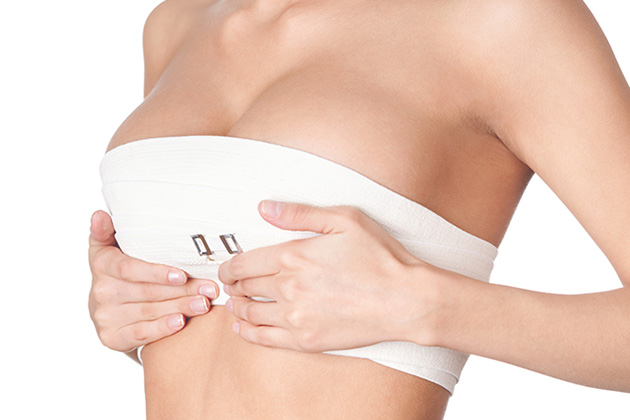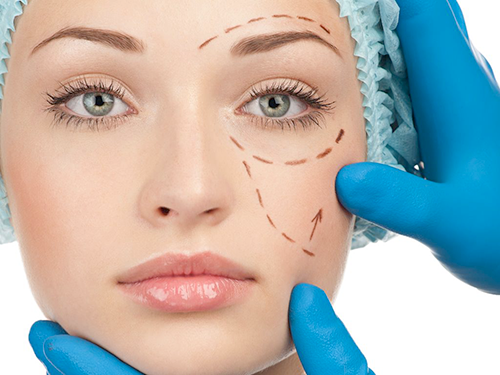Breast implants are used in an extremely popular cosmetic surgery procedure known as breast enlargement, although it is also called breast augmentation or often more informally referred to as a ‘boob job’. The breast implants are employed as a method of increasing the size of breasts by surgically placing them behind any natural breast tissue currently present. This process is one of the most well-known and popular cosmetic procedures available around the world.
Countless women pursue breast implants as they feel they have small breasts or that their breasts have become smaller or lack shape due to giving birth and subsequent breast-feeding. This can be a significant source of self-consciousness for some women and so the surgery is often used as a way to boost confidence and self-esteem.
The actual breast implants themselves can vary in terms of the surface texture, shape, and filling material. The most commonly used implants are either composed of silicone or saline. The silicone version is supposed to last for around 12 years, whereas the saline implants have a lifespan of between 15 and 25 years. In addition, your surgeon may select either a round or a tear-shaped breast implant depending on the appearance that you desire. These options should all be discussed with you during a pre-surgery consultation.
Additional Information
By undergoing breast enlargement surgery, you can expect to achieve a new profile of your breasts as they are altered in both shape and size. This can in turn eliminate any appearance problems that resulted from breast-feeding, childbirth, or even weight loss. Following surgery, there is usually an overnight stay in the hospital but in some cases, the procedure may be performed as a day case. The stitches used may be dissolvable and will be covered with a dressing. A sports bra will need to be worn for a few months afterward, making you feel comfortable and giving them the extra support you require. You may also require drainage tubes to be inserted into your breasts, these are usually removed the day after surgery before you return home. At first, your breasts will be firm and swollen but over time will adopt a better feel and position. It’s usually suggested that you avoid strenuous activity following surgery as this can increase pressure, causing your breasts to swell. In most cases, it’s possible to return to work and full activity within a few weeks after surgery. Some scarring will remain afterward but they are usually small and well hidden.
As with all surgery, there’s the risk of complications arising. An adverse reaction to anesthetics during surgery or developing infections afterward can occur and there’s also a risk of excessive bleeding. The most common side effects of the procedure include swelling and temporary bruising. You may also lose the sensation in your breasts but this usually returns as you heal.
Before the surgery, it’s usually suggested that you avoid drinking alcohol for about a week before surgery. Similarly, anti-inflammatory drugs shouldn’t be taken for a couple of weeks prior to surgery as they may affect your body’s blood clotting system. Smoking can affect your blood vessels and may result in reduced blood supply to certain body tissues. Therefore you shouldn’t smoke for at least two months before the procedure.
To find out more about Breast Augmentation, visit www.rvbmedicalgroup.com and book a consultation for free.




